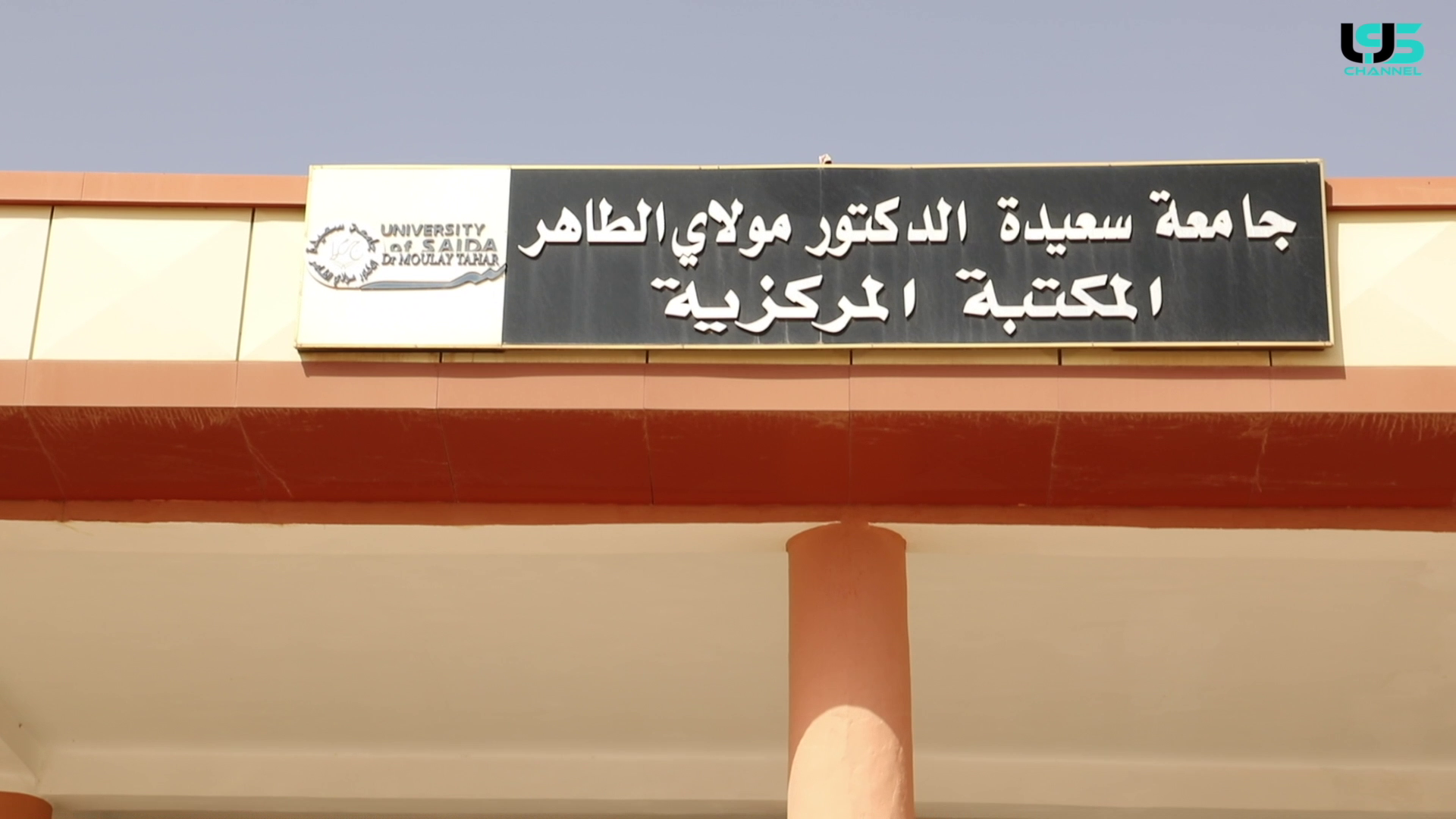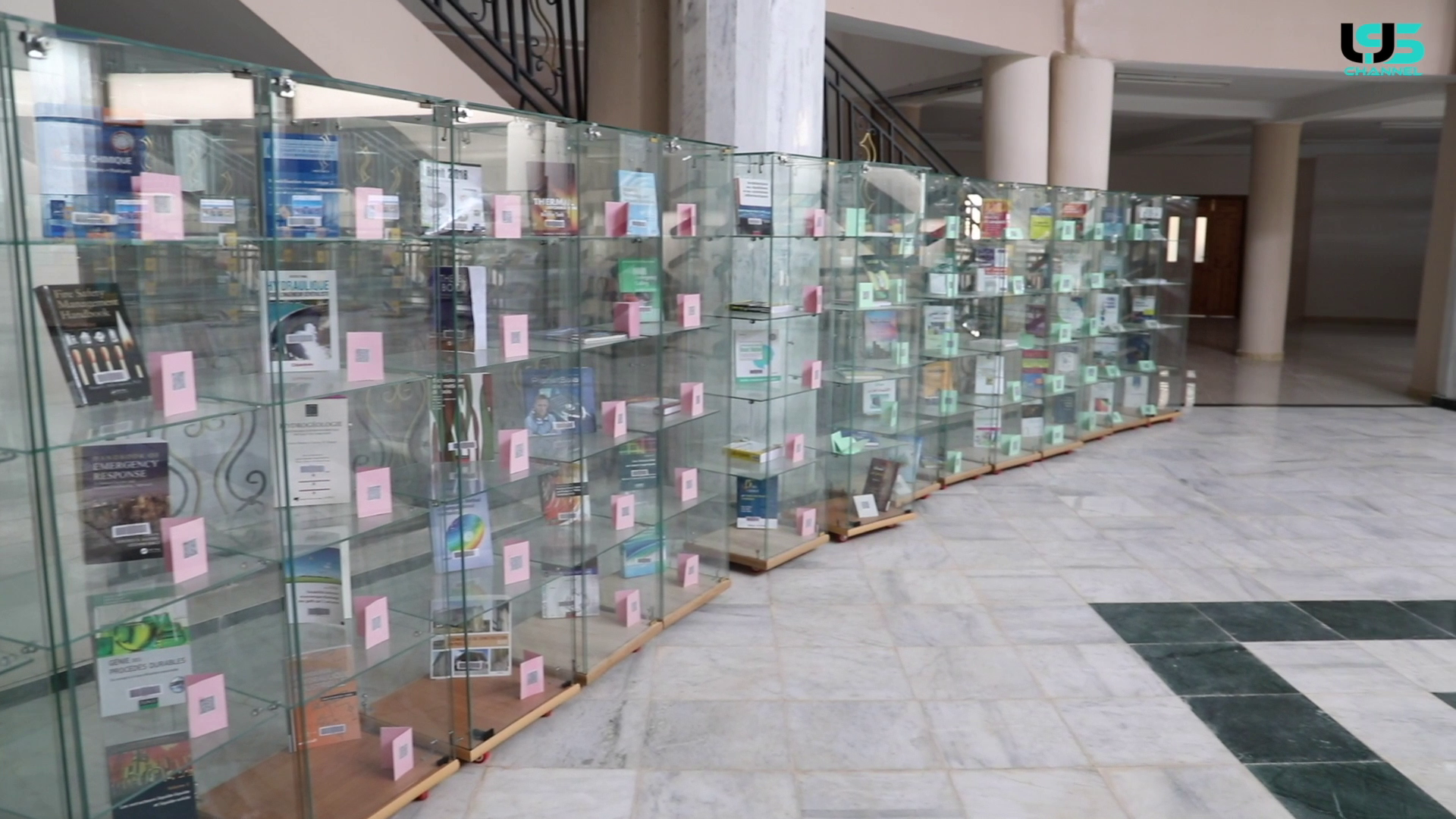


| Titre : | Bacterial Antibiotic Resistance and Annona cherimola mill Seeds Antibacterial Activity Experimental Investigation & Data Annotation and Integration into an Online Accessible Database: http://bioinformaticstools.org/prjs/barid/ |
| Auteurs : | Abdelkrim Rachedi, Directeur de thèse ; Soumeya Kheris, Auteur |
| Type de document : | texte imprimé |
| Editeur : | Université Dr. Tahar MOULAY – Saïda Faculté des Sciences, 2018 - 2019 |
| Format : | 113p. / 30 x22cm |
| Langues: | Anglais |
| Langues originales: | Anglais |
| Mots-clés: | Bacterial Antibiotic Resistance, Anti-Bacterial Activity, Disease, Database, Annotation, Datamining, Data Integration, Alternative natural drugs. |
| Résumé : |
Five important bacteria deemed to have developed Antibiotic Resistance; a current medical problem dangerously threatening the health and even human life on global scale, have been selected for subject study of this project. The bacteria namely Staphylococcus aureus, Clostridium difficile, Escherichia coli, Pseudomonas aeruginosa and Klebsiella pneumoniae which are responsible for a myriad of human diseases where growth tested against 14 commonly used antibiotics belonging to a number of classes including Beta-Lactams, Aminoglycosides, Tetracyclines, Macrolides, Chloramphenicol, and Quinolone and the relatively new group of drugs class Oxazolidinones. Moreover, the database annotated the antibacterial activity of Cherimoya fruit seeds extracts on the listed above bacteria. Cherimoya plant has been used in the study as a model of medicinal plant. A resource database system named BARID (Bacterial Antibiotic Resistance Investigation Database) has been created for the purposes of data annotation, managing and storing pertaining to mainly empirically data generated through the laboratory experiments done in this project. In addition to annotating such medically important data, the BARID database offers a number of features based on Datamining and Integration setting the grounds for providing researchers with even deeper insights on the genomic and proteomic causes might be behind the phenomena of antibiotics resistance. More insights could be provided by th 3D-structures, drugs data and scientific literature included in the search outputs of the database. This database system, through a number of exploration features, presents users with a set of results including which bacteria are resistant to which antibiotic and which bacteria are sensitive to which of the four types of Cherimoya seeds extracts used in the study. The system, as it further develops, may potentially also be used to suggest new natural products, such as the extracts of the Cherimoya seeds as alternatives to antibiotics in the cases where antibiotic resistance is shown. BARID is available online at the link: http://www.bioinformaticstools.org/barid/ |
Exemplaires (1)
| Code-barres | Cote | Support | Localisation | Section | Disponibilité |
|---|---|---|---|---|---|
| SNVTM000656 | BIOTM00656 | Périodique1 | Salle des Thèses | Mémoire | Libre accès Disponible |

